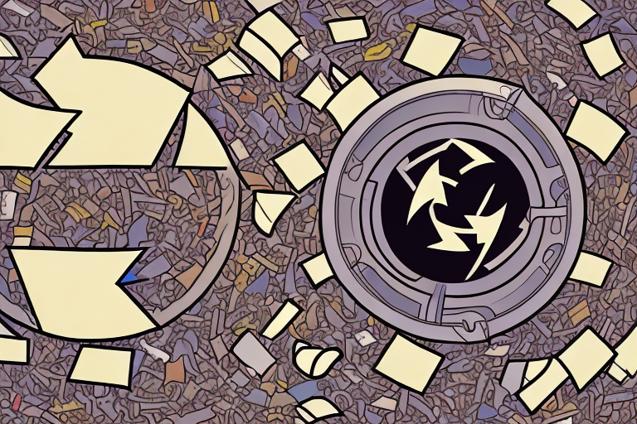
Discover how to properly dispose of plastic waste on board and minimize your plastic use while sailing, helping to protect the ocean and its marine life.
How to Properly Dispose of Plastic Waste On Board
Sailing the open seas with your family is an incredible experience, but it also comes with a responsibility to protect the environment. One of the most significant issues facing our oceans today is plastic pollution. As sailors, we have a unique opportunity to make a difference by properly disposing of plastic waste on board. In this article, we will explore the importance of reducing plastic waste, discuss practical steps for proper disposal, and share tips for minimizing plastic use on your boat.
The Impact of Plastic Pollution on Our Oceans
Before diving into the practical steps for disposing of plastic waste on board, it’s essential to understand the impact of plastic pollution on our oceans. According to the United Nations, more than 8 million tons of plastic end up in our oceans every year, causing severe damage to marine ecosystems and wildlife. Plastic debris can entangle and suffocate marine animals, while smaller plastic particles, known as microplastics, can be ingested by fish and other marine life, eventually making their way up the food chain and onto our plates.
As sailors, we have a unique connection to the ocean and a responsibility to protect it. By properly disposing of plastic waste on board and minimizing our plastic use, we can help reduce the amount of plastic pollution entering our oceans and contribute to a healthier marine environment.
Proper Disposal of Plastic Waste On Board
When it comes to disposing of plastic waste on board, the golden rule is simple: never throw plastic overboard. Instead, follow these practical steps to ensure proper disposal and minimize your impact on the environment:
1. Separate and Contain
Start by separating your plastic waste from other types of waste on board. This will make it easier to manage and dispose of properly when you reach shore. Use a dedicated container or bag to store your plastic waste, and make sure it’s securely closed to prevent any accidental spills or leaks.
2. Crush and Compact
To save space on board and make it easier to transport your plastic waste to shore, crush and compact it as much as possible. Flatten plastic bottles, break down larger items, and stack containers to minimize the volume of your plastic waste.
3. Store Safely
Store your plastic waste container in a secure location on board, away from any potential sources of heat or ignition. This will help prevent any accidental fires and ensure the safety of your boat and crew.
4. Dispose of Responsibly
When you reach shore, dispose of your plastic waste responsibly by recycling it whenever possible. Many marinas and ports have recycling facilities specifically for boaters, so make sure to take advantage of these resources. If recycling is not available, dispose of your plastic waste in a designated trash receptacle.
Tips for Minimizing Plastic Use On Board
In addition to properly disposing of plastic waste, another crucial aspect of environmental responsibility is minimizing our plastic use in the first place. Here are some tips for reducing plastic consumption on board:
1. Choose Reusable Items
Opt for reusable items whenever possible, such as water bottles, food containers, and shopping bags. This will not only help reduce your plastic waste but also save you money in the long run.
2. Avoid Single-Use Plastics
Single-use plastics, such as plastic cutlery, straws, and food packaging, are significant contributors to plastic pollution. Avoid using these items on board and opt for reusable or biodegradable alternatives instead.
3. Buy in Bulk
Purchasing food and supplies in bulk can help reduce the amount of plastic packaging you bring on board. Transfer bulk items to reusable containers for storage and use on your boat.
4. Use Biodegradable Products
Choose biodegradable products, such as dish soap, laundry detergent, and personal care items, to help reduce your environmental impact. Look for products with eco-friendly certifications and avoid those containing microplastics or harmful chemicals.
5. Support Eco-Friendly Brands
Support companies that prioritize sustainability and eco-friendly practices. By choosing to purchase from these brands, you’re not only reducing your plastic waste but also supporting businesses that share your commitment to protecting the environment.
Conclusion
As sailors, we have a unique opportunity and responsibility to protect our oceans by properly disposing of plastic waste on board and minimizing our plastic use. By following the practical steps outlined in this article and adopting a more eco-conscious mindset, we can help reduce plastic pollution and contribute to a healthier marine environment for future generations to enjoy.
Remember, every small action counts, and together, we can make a difference in preserving our oceans and the incredible marine life that calls it home. So, let’s set sail on a more sustainable and environmentally responsible journey!